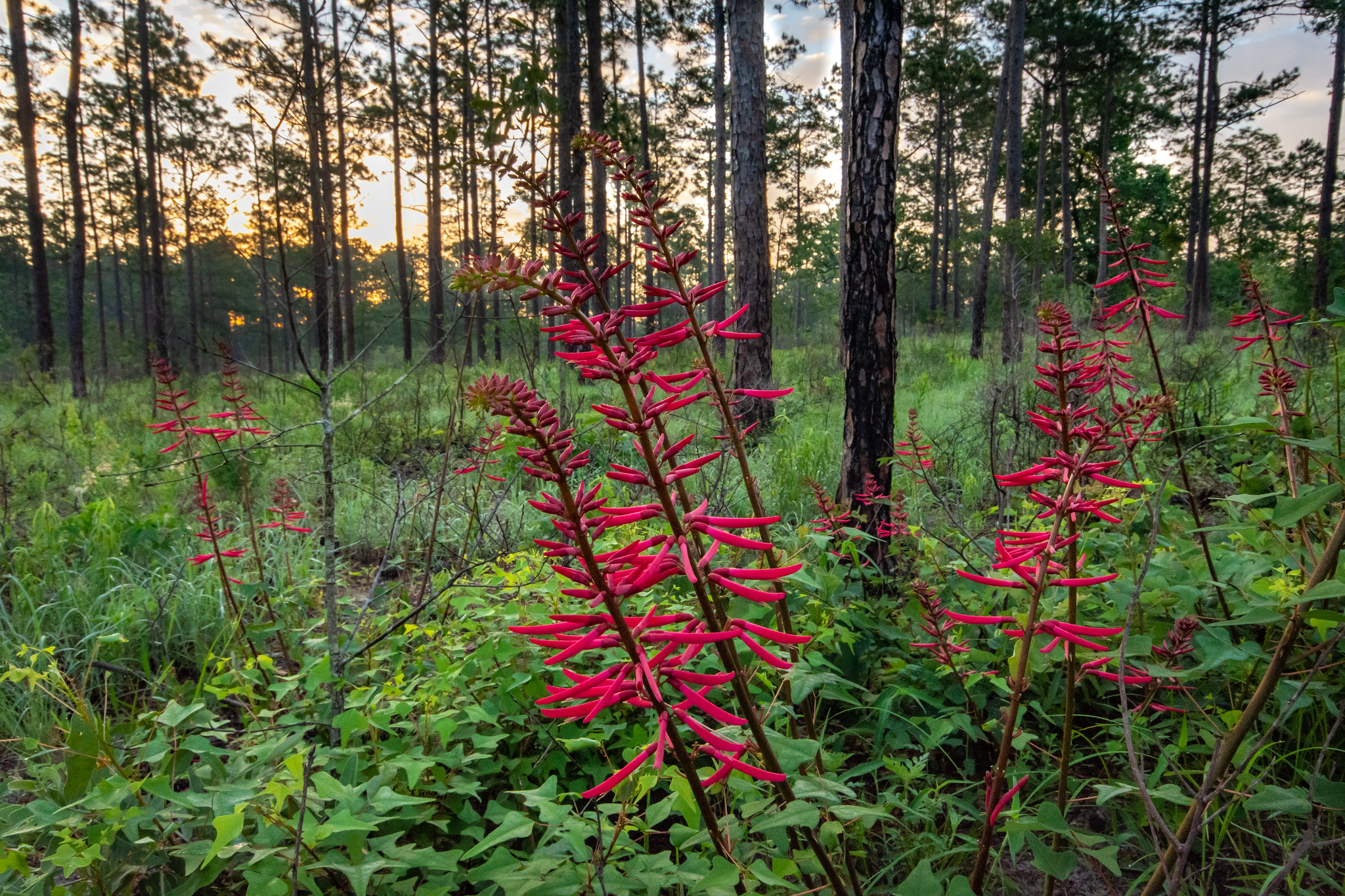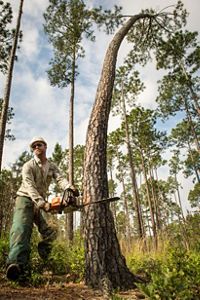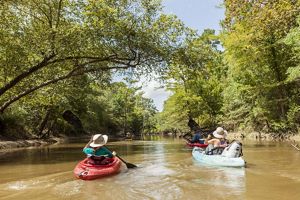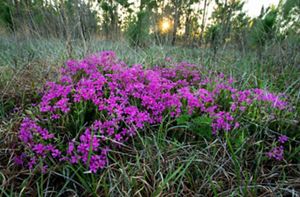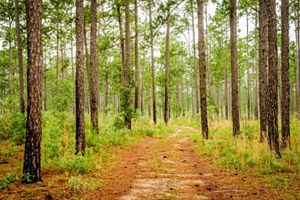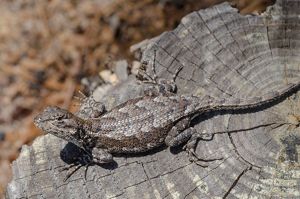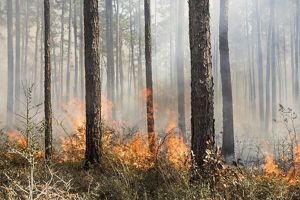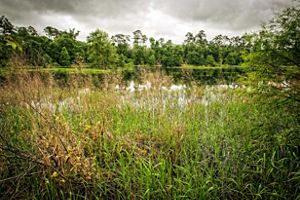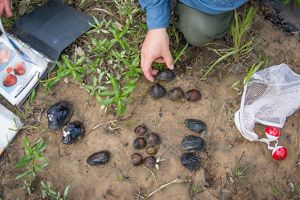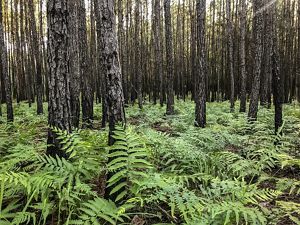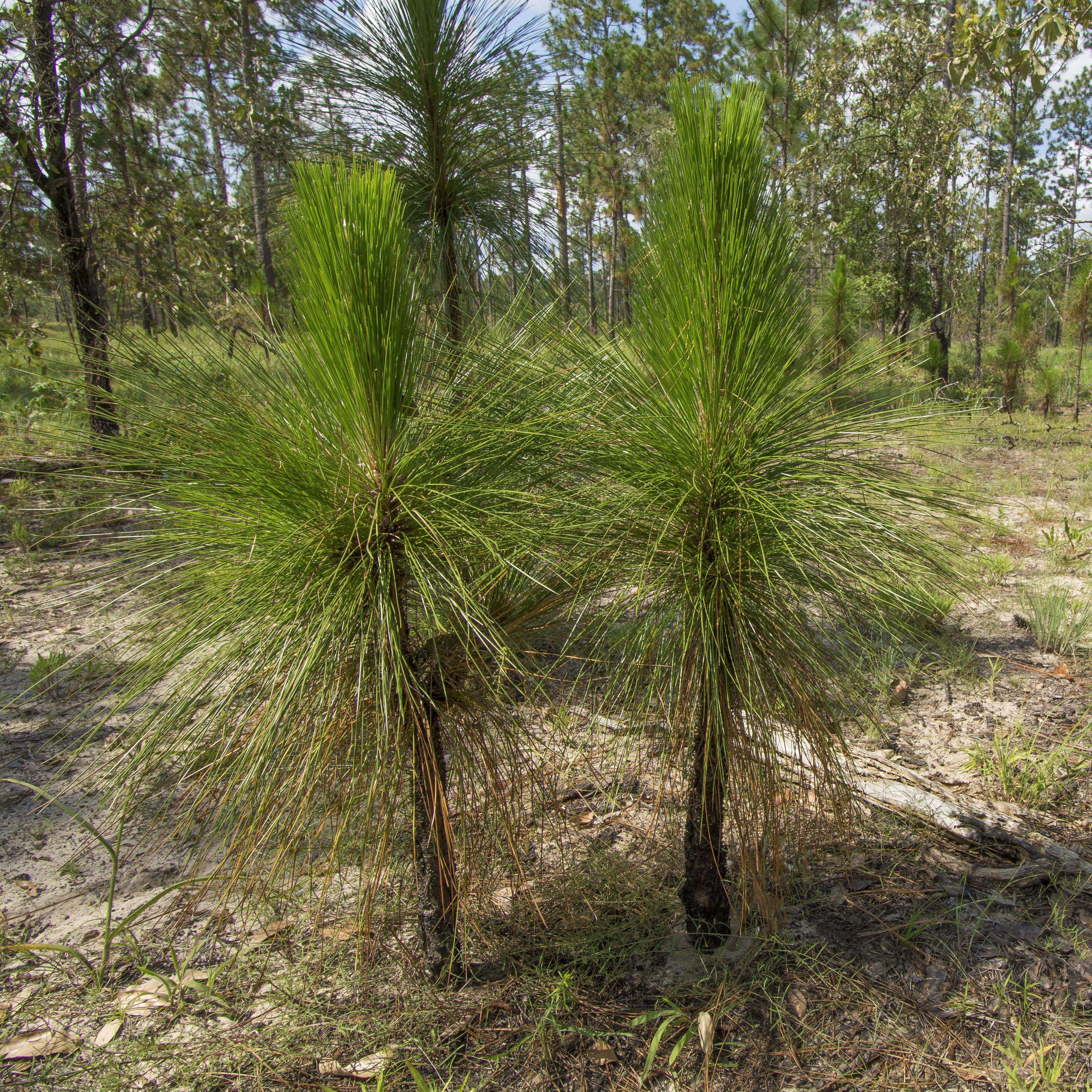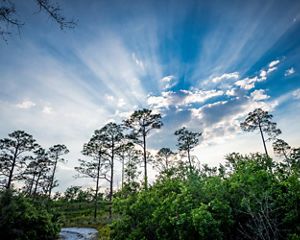Description
The iconic longleaf pine once stretched for 90 million acres across the southern United States, from Texas to Virginia. Today, only 5% of this natural system remains, following decades of agricultural, residential and commercial development. The Nature Conservancy's (TNC) Roy E. Larsen Sandyland Sanctuary is one link within a comprehensive, nationwide effort to restore the iconic longleaf pine ecosystem.
Located just north of Beaumont, the preserve is part of the region dubbed the "Big Thicket" by early travelers enchanted by the lush vegetation. From its vast, open meadows to its mysterious, swampy waterways shaded by bald cypress trees, the thicket teems with rare plants and wildlife. This unique combination of bogs, open-floor forest and Southern pinelands creates a preserve with remarkable diversity, sustaining over 700 plant species and more than 200 animal species recorded.
In addition to forest restoration and management, Sandylands offers many interpretive trails that are open to the public. Visitors can also canoe, kayak and fish in the waters of Village Creek, which courses through the preserve for 8.5 miles and ultimately contributes to the Neches River. Academic institutions also use Sandylands for outdoor education, field labs and research.

